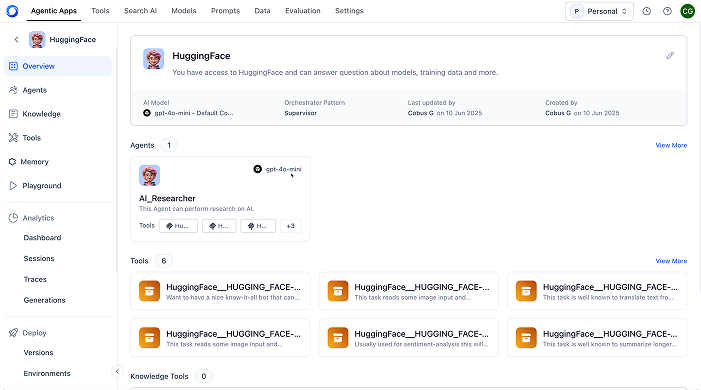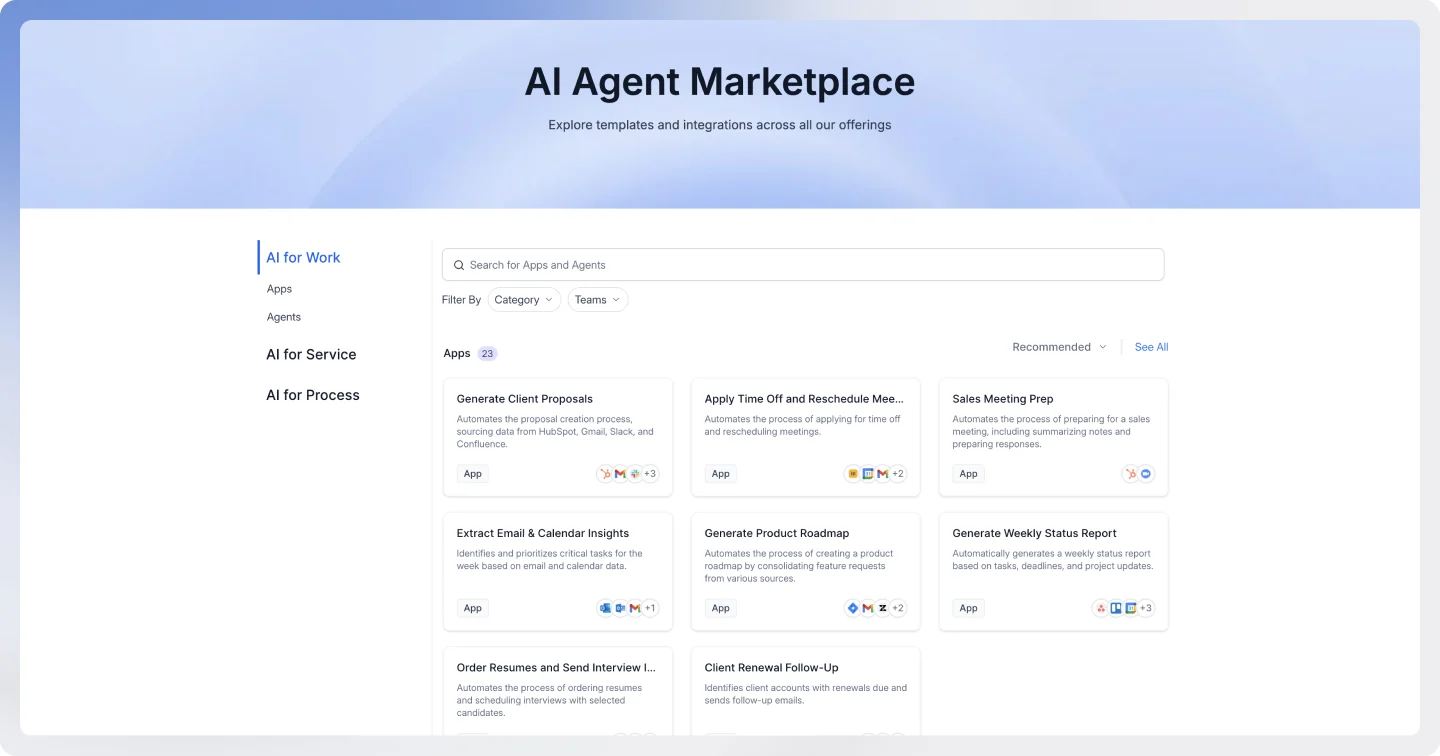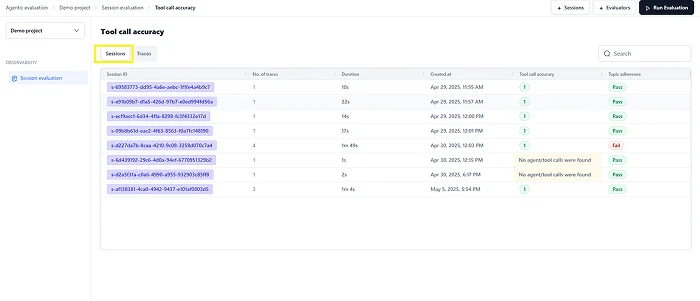Generative AI (GenAI) has quickly developed from a distinct segment analysis idea right into a transformative enterprise know-how able to creating life like pictures, producing natural-sounding textual content, designing merchandise, and even writing advanced software program code. As Gartner defines it, GenAI learns from current information to provide unique content material that mirrors coaching supplies—with out instantly copying them.
Nevertheless, constructing these methods at present is now not nearly coaching and fine-tuning fashions. The frontier of AI engineering is about orchestrating clever, autonomous methods that combine seamlessly into enterprise environments, adapt dynamically to enterprise wants, and collaborate throughout groups and applied sciences.
The following period of GenAI is agentic, the place AI methods don’t simply reply to requests however anticipate wants, self-optimize, and scale effortlessly. With Gartner predicting that 30% of enterprises will implement AI-augmented improvement by 2025, the race is on to design not simply fashions, however ecosystems of interoperable brokers that ship measurable enterprise worth.

Past conventional paradigms for a holistic method
Gone are the times when GenAI engineering was restricted to mannequin constructing and fine-tuning. The present paradigm focuses on creating subtle methods the place AI brokers can act autonomously, dealing with duties from information processing to decision-making. This entails managing the whole lifecycle—from ideation and design to deployment, monitoring, and iteration.
At its core, this evolution requires strong infrastructure that democratizes AI creation whereas making certain enterprise-grade reliability.
Instruments should allow seamless integration between brokers and current methods, lowering friction in workflows. As an illustration, platforms that help full-model lifecycle administration, like these acknowledged in Gartner’s Rising Market Quadrants, permit engineers to develop, refine, and deploy massive language fashions (LLMs) effectively.

Vital dimensions of GenAI engineering
Constructing efficient Generative AI functions shouldn’t be a matter of assembling just a few fashions and connecting APIs—it’s about orchestrating a community of interdependent capabilities that collectively ship reliability, adaptability, and worth at scale. Fashionable GenAI engineering rests on a handful of vital dimensions that each enterprise should grasp to unlock AI’s true potential.
Infrastructure and tooling
Each strong GenAI initiative begins with the fitting basis: a well-architected infrastructure and a complete set of instruments that make AI creation accessible to a broad vary of customers. This isn’t restricted to builders; enterprise groups, analysts, and material consultants ought to all have the ability to take part within the AI lifecycle.
That’s the place visible builders, immediate libraries, and AI agent templates are available in—democratizing improvement and enabling non-technical groups to contribute meaningfully. Essentially the most forward-looking platforms take this a step additional, providing model-agnostic and cloud-agnostic architectures, so enterprises can select the very best mannequin for a given use case with out being locked right into a single vendor.
With over 180 prebuilt integrations now obtainable in main platforms, connecting AI brokers to legacy ERP, CRM, or doc administration methods now not requires months of customized improvement. The outcome? Quicker deployments, fewer technical bottlenecks, and the flexibility to innovate constantly in areas like buyer help, HR automation, and enterprise course of optimization.
Information integration
If infrastructure is the inspiration, information is the lifeblood of GenAI methods. The standard, timeliness, and relevance of that information determines how efficient your AI brokers will likely be. To carry out at their finest, brokers should have entry to real-time, contextual info—whether or not that’s a stay stock rely, the newest regulatory updates, or an worker’s current efficiency information.
Reaching this requires subtle information pipelines, vector databases for semantic search, and data administration methods that curate and contextualize info. In data administration functions, for instance, this implies shifting past static FAQs towards dynamically generated insights that adapt to person intent and historical past.
However with nice information comes nice accountability. Bias mitigation and privateness safety are non-negotiable, and extra organizations are turning to artificial information technology to coach and validate fashions with out exposing delicate info. This method not solely strengthens compliance but in addition reduces the chance of introducing bias into AI outputs.

Deployment and distribution
The flexibility to deploy AI brokers wherever enterprise occurs is a defining attribute of contemporary GenAI engineering. Whether or not the goal is a customer-facing chatbot on an internet site, an API endpoint powering a associate integration, or an embedded AI assistant inside enterprise software program, flexibility is crucial.
Adaptive architectures make it doable to push AI brokers into a number of channels with out re-engineering core logic, slicing time-to-market and making certain consistency of expertise. This multi-channel readiness permits organizations to scale AI touchpoints in lockstep with person adoption—bringing AI into extra workflows, groups, and geographies with minimal friction.
Scalability and efficiency
As enterprises scale their AI footprint, the efficiency calls for could be staggering. Massive-scale pure language processing, picture technology, or multi-agent orchestration all require high-compute workloads that may shortly overwhelm poorly designed methods.
Main platforms handle this with clever load balancing, elastic compute scaling, and real-time useful resource optimization. Simply as essential is the flexibility to carry out dynamic mannequin switching—utilizing a high-performance, high-cost mannequin solely when vital, and defaulting to lighter, quicker choices when workloads permit. This method optimizes each accuracy and price effectivity, conserving AI initiatives financially sustainable as they scale.
Governance and monitoring
Lastly, no AI system could be trusted—or sustained—with out strong oversight. Enterprises should have the flexibility to trace ROI, detect anomalies, and guarantee accuracy all through the AI lifecycle. That is the place governance frameworks come into play, combining security protocols, drift detection, and auditability to take care of management.
Given the rising dangers round mental property, cybersecurity, and regulatory compliance, steady validation has grow to be the gold customary. This implies monitoring AI outputs not only for technical accuracy, however for moral alignment and model security. Ahead-thinking organizations deal with governance not as a constraint, however as a aggressive benefit, making certain their AI operates as a reliable extension of their enterprise.
Tackling the engineering challenges
The slicing fringe of GenAI engineering lies in addressing multifaceted questions: How will we grasp immediate engineering to elicit exact responses? How can incremental immediate modifications be managed with out breaking performance? And the way will we change fashions seamlessly whereas sustaining accuracy and price effectivity?
These challenges are amplified in agentic methods, the place AI should orchestrate information pipelines and automate lifecycles. Options like immediate engineering—programming fashions with out altering their core—supply a approach ahead, defending IP whereas leveraging foundational fashions. Rising leaders like Kore.ai exemplify this, offering end-to-end platforms for testing, monitoring, and optimizing GenAI functions in classes resembling AI Information Administration and Common Productiveness.
Trying forward and the way forward for GenAI engineering
As GenAI continues to mature, its influence will likely be profound, automating 60% of design efforts by 2026 and enabling functions generated with out human intervention by 2027. Engineers should prioritize moral practices, regulatory compliance, and sustainability to harness this potential responsibly.


In abstract, GenAI engineering is about constructing resilient, clever ecosystems that drive enterprise worth. By embracing these dimensions and tackling challenges head-on, organizations can unlock unprecedented productiveness and innovation. Whether or not you are beginning with off-the-shelf instruments or customized integrations, the longer term is agentic—and it is right here now.

